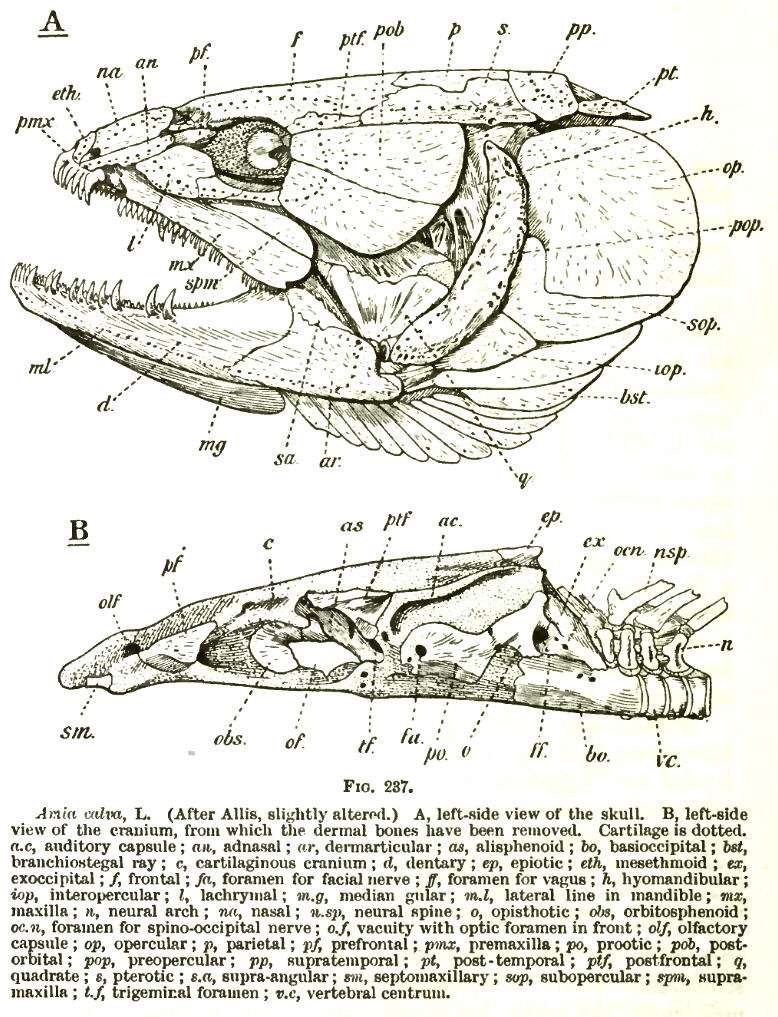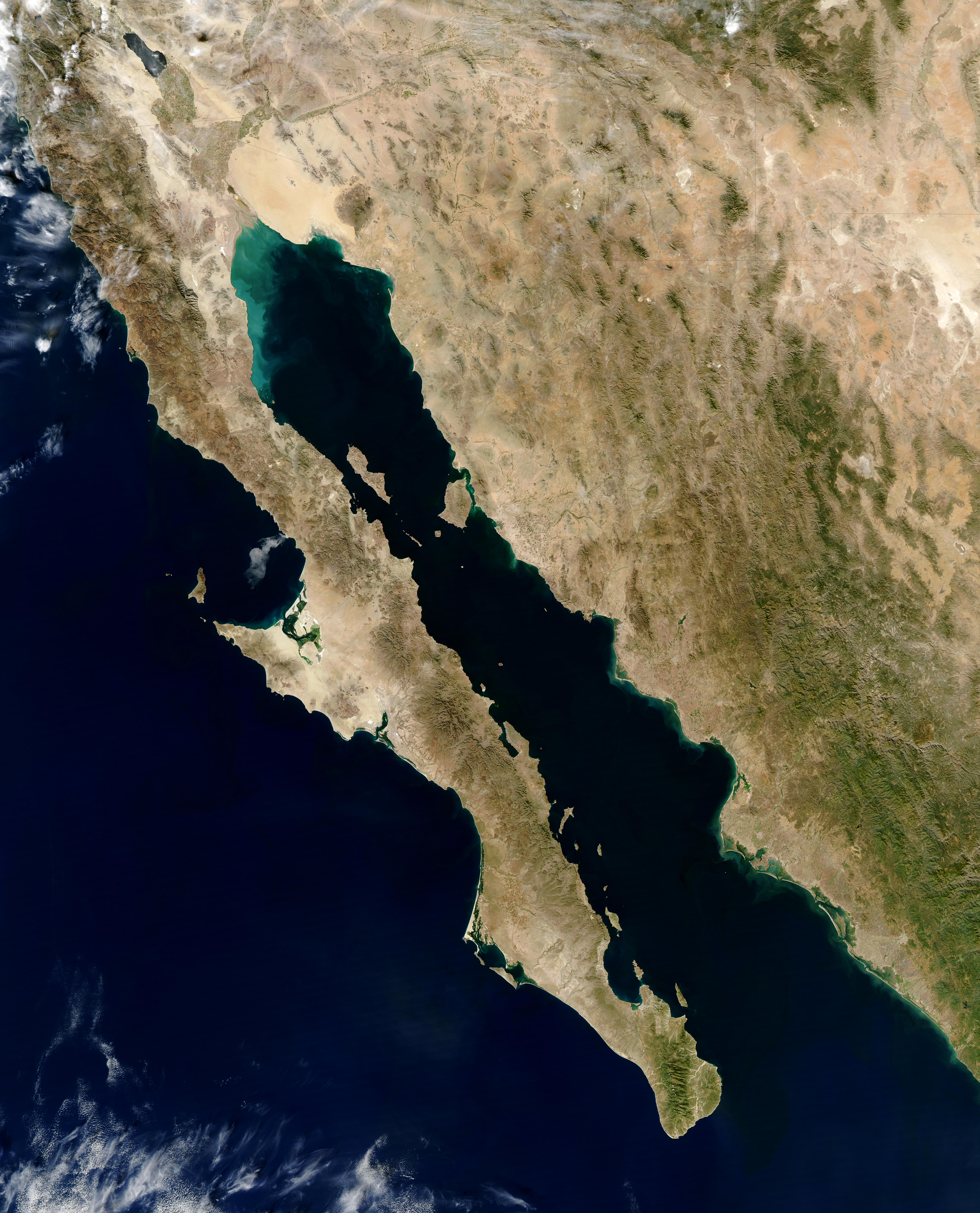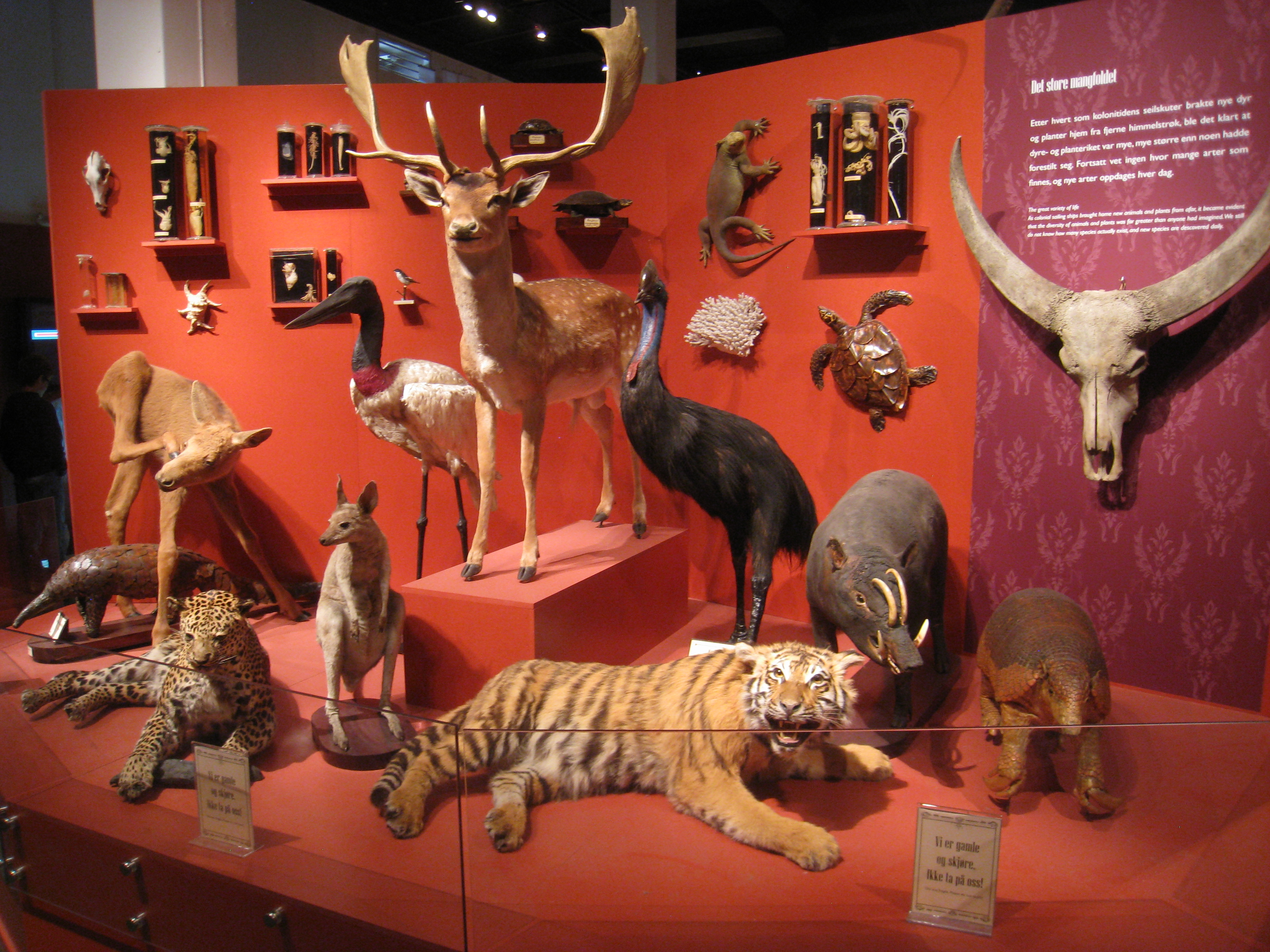|
Bertella
''Bertella'' is a monospecific genus of marine ray-finned fish belonging to the family Oneirodidae, the dreamers, a family of deep sea anglerfishes. The only species in the genus is ''Bertella idiomorpha'' and this can be distinguished from other members of the family by the structure of its hyomandibular bone. Taxonomy ''Bertella'' was first proposed as genus in 1973 by the American ichthyologist Theodore Wells Pietsch III when he described its only species, ''B. idioforma''. The type locality of ''B. idiomorpha'' was given as off Guadalupe Island in Mexico at 29°10'00"N, 118°28'15"W from a depth of in waters where the seabed was at in depth. The 5th edition of Fishes of the World classifies this taxon in the family Oneirodidae in the suborder Ceratioidei of the anglerfish order Lophiiformes. Etymology ''Bertella'', the genus name, suffixes the affectionate diminutive ''ella'' onto Bert, this is in honour of the Danish ichthyologist Erik Bertelsen for his contributions to ... [...More Info...] [...Related Items...] OR: [Wikipedia] [Google] [Baidu] |
Ceratioidei
Ceratioidei, the deep-sea anglerfishes or pelagic anglerfishes, is a suborder of marine ray-finned fishes, one of five suborders in the order Lophiiformes, the anglerfishes. These fishes are found in tropical and temperate seas throughout the world, living above the bottom of the deep sea, in the pelagic zone. The deep-sea anglerfishes exhibit extreme sexual dimorphism; the males are many times smaller than the females. To reproduce, a male seeks out a female, using his sharp teeth-like denticles to clamp onto the female. The details of this sexual parasitism varies between the species; in a number of species the male permanently becomes part of the female, their tissues fusing with each other. This is the only known natural example of a process called parabiosis. The esca, the defining feature of all anglerfish groups, are bioluminescent in the deep-sea anglerfishes, attracting prey in the vast darkness of the bathypelagic zone which they inhabit. Etymology Ceratioidei takes ... [...More Info...] [...Related Items...] OR: [Wikipedia] [Google] [Baidu] |
Dolopichthys
''Dolopichthys'' is a genus of marine ray-finned fish belonging to the family Oneirodidae, the dreamers, a family of deep sea anglerfishes. These predatory, deep-sea fishes are found in the tropical and subtropical oceans around the world. Taxonomy ''Dolopichthys'' was first proposed as a monospecific genus in 1899 by the American zoologist Samuel Garman when he described ''D. allector''. Garman gave the type locality of ''D. allector'' as the Gulf of Panama at 5°26'20"N, 86°55'W, Albatross station 3371 from a depth between . The 5th edition of Fishes of the World classifies this genus in the family Oneirodidae in the suborder Ceratioidei of the anglerfish order Lophiiformes. Etymology ''Dolopichthys'' is a combinations of ''dolops'' or ''dolopos'', a word meaning "ambusher", with ''ichthys'', the Greek word for "fish". This name is thought to be a reference to these fishes lying in wait on the sea bed and attracting prey with the esca, or lure. Species There are currently ... [...More Info...] [...Related Items...] OR: [Wikipedia] [Google] [Baidu] |
Oneirodidae
Oneirodidae, the dreamers are a family of marine ray-finned fishes belonging to the order Lophiiformes, the anglerfishes. These fishes are deepwater fishes found in the Atlantic, Indian and Pacific Oceans, and it is the most diverse family of fishes in the bathypelagic zone. Taxonomy Oneirodidae was first proposed as a family in 1879 by the American biologist Theodore Gill with ''Oneirodes'' as its only genus. ''Oneirodes ''had been proposed as a monospecific genus in 1871 by the Danish zoologist Christian Frederik Lütken when he described '' O. eschrichtii'', giving its type locality as off the western coast of Greenland. The 5th edition of Fishes of the World classifies this family in the suborder Ceratioidei of the anglerfish order Lophiiformes. Genera Oneirodidae has the following genera classified within it: With over 60 species classified within this family, it is the most species diverse family of fishes in the bathypelagic zone. Etymology Oneirodidae is derived f ... [...More Info...] [...Related Items...] OR: [Wikipedia] [Google] [Baidu] |
Theodore Wells Pietsch III
Theodore Wells Pietsch III (born March 6, 1945) is an American systematist and evolutionary biologist especially known for his studies of anglerfishes. Pietsch has described 72 species and 14 genera of fishes and published numerous scientific papers focusing on the relationships, evolutionary history, and functional morphology of teleosts, particularly deep-sea taxa. For this body of work, Pietsch was awarded the Robert H. Gibbs Jr. Memorial Award in Systematic Ichthyology by the American Society of Ichthyologists and Herpetologists in 2005. Pietsch has spent most of his career at the University of Washington in Seattle as a professor mentoring graduate students, teaching ichthyology to undergraduates, and curating the ichthyology collections of the UW Burke Museum of Natural History and Culture. His zoological author abbreviation is Pietsch. Education Pietsch attended John Adams High School in Indiana. After a B.A. in zoology at the University of Michigan he did a M.S. and P ... [...More Info...] [...Related Items...] OR: [Wikipedia] [Google] [Baidu] |
Hyomandibula
The hyomandibula, commonly referred to as hyomandibular one(, from , "upsilon-shaped" (υ), and Latin: mandibula, "jawbone"), is a set of bones that is found in the hyoid region in most fishes. It usually plays a role in suspending the jaws and/or operculum ( teleostomi only). It is commonly suggested that in tetrapods (land animals), the hyomandibula evolved into the columella ( stapes). Evolutionary context In jawless fishes, a series of gills opened behind the mouth, and these gills became supported by cartilaginous elements. The first set of these elements surrounded the mouth to form the jaw. There is ample evidence For example: (1) both sets of bones are made from neural crest cells (rather than mesodermal tissue like most other bones); (2) both structures form the upper and lower bars that bend forward and are hinged in the middle; and (3) the musculature of the jaw seem homologous to the gill arches of jawless fishes. (Gilbert 2000) that vertebrate jaws are ... [...More Info...] [...Related Items...] OR: [Wikipedia] [Google] [Baidu] |
Squid
A squid (: squid) is a mollusc with an elongated soft body, large eyes, eight cephalopod limb, arms, and two tentacles in the orders Myopsida, Oegopsida, and Bathyteuthida (though many other molluscs within the broader Neocoleoidea are also called ''squid'' despite not strictly fitting these criteria). Like all other cephalopods, squid have a distinct head, Symmetry (biology)#Bilateral symmetry, bilateral symmetry, and a mantle (mollusc), mantle. They are mainly soft-bodied, like octopuses, but have a small internal skeleton in the form of a rod-like gladius (cephalopod), gladius or pen, made of chitin. Squid diverged from other cephalopods during the Jurassic and occupy a similar Ecological niche, role to teleost fish as open-water predators of similar size and behaviour. They play an important role in the open-water food web. The two long tentacles are used to grab prey and the eight arms to hold and control it. The beak then cuts the food into suitable size chunks for swal ... [...More Info...] [...Related Items...] OR: [Wikipedia] [Google] [Baidu] |
Fish
A fish (: fish or fishes) is an aquatic animal, aquatic, Anamniotes, anamniotic, gill-bearing vertebrate animal with swimming fish fin, fins and craniate, a hard skull, but lacking limb (anatomy), limbs with digit (anatomy), digits. Fish can be grouped into the more basal (phylogenetics), basal jawless fish and the more common jawed fish, the latter including all extant taxon, living cartilaginous fish, cartilaginous and bony fish, as well as the extinct placoderms and acanthodians. In a break to the long tradition of grouping all fish into a single Class (biology), class (Pisces), modern phylogenetics views fish as a paraphyletic group. Most fish are ectotherm, cold-blooded, their body temperature varying with the surrounding water, though some large nekton, active swimmers like white shark and tuna can hold a higher core temperature. Many fish can communication in aquatic animals#Acoustic, communicate acoustically with each other, such as during courtship displays. The stud ... [...More Info...] [...Related Items...] OR: [Wikipedia] [Google] [Baidu] |
Gulf Of California
The Gulf of California (), also known as the Sea of Cortés (''Mar de Cortés'') or Sea of Cortez, or less commonly as the Vermilion Sea (''Mar Vermejo''), is a marginal sea of the Pacific Ocean that separates the Baja California peninsula from the Mexico, Mexican mainland. It is bordered by the states of Baja California, Baja California Sur, Sonora, and Sinaloa with a coastline of approximately . Rivers that flow into the Gulf of California include the Colorado River, Colorado, Fuerte River, Fuerte, Mayo River (Mexico), Mayo, Sinaloa River, Sinaloa, Sonora River, Sonora, and the Yaqui River, Yaqui. The surface of the gulf is about . Maximum depths exceed because of the complex geology, linked to plate tectonics. The gulf is thought to be one of the most diverse seas on Earth and is home to more than 5,000 species of micro-invertebrates. Parts of the Gulf of California are a UNESCO World Heritage Site. Geography History The marine expeditions of Fortún Ximénez, Hernán Cort� ... [...More Info...] [...Related Items...] OR: [Wikipedia] [Google] [Baidu] |
Bering Sea
The Bering Sea ( , ; rus, Бе́рингово мо́ре, r=Béringovo móre, p=ˈbʲerʲɪnɡəvə ˈmorʲe) is a marginal sea of the Northern Pacific Ocean. It forms, along with the Bering Strait, the divide between the two largest landmasses on Earth: Eurasia and the Americas. It comprises a deep water basin, which then rises through a narrow slope into the shallower water above the continental shelf, continental shelves. The Bering Sea is named after Vitus Bering, a Denmark, Danish-born Russia, Russian navigator, who, in 1728, was the first European to systematically explore it, sailing from the Pacific Ocean northward to the Arctic Ocean. The Bering Sea is separated from the Gulf of Alaska by the Alaska Peninsula. It covers over and is bordered on the east and northeast by Alaska, on the west by the Russian Far East and the Kamchatka Peninsula, on the south by the Alaska Peninsula and the Aleutian Islands and on the far north by the Bering Strait, which connects the Berin ... [...More Info...] [...Related Items...] OR: [Wikipedia] [Google] [Baidu] |
Japan
Japan is an island country in East Asia. Located in the Pacific Ocean off the northeast coast of the Asia, Asian mainland, it is bordered on the west by the Sea of Japan and extends from the Sea of Okhotsk in the north to the East China Sea in the south. The Japanese archipelago consists of four major islands—Hokkaido, Honshu, Shikoku, and Kyushu—and List of islands of Japan, thousands of smaller islands, covering . Japan has a population of over 123 million as of 2025, making it the List of countries and dependencies by population, eleventh-most populous country. The capital of Japan and List of cities in Japan, its largest city is Tokyo; the Greater Tokyo Area is the List of largest cities, largest metropolitan area in the world, with more than 37 million inhabitants as of 2024. Japan is divided into 47 Prefectures of Japan, administrative prefectures and List of regions of Japan, eight traditional regions. About three-quarters of Geography of Japan, the countr ... [...More Info...] [...Related Items...] OR: [Wikipedia] [Google] [Baidu] |
Pacific Ocean
The Pacific Ocean is the largest and deepest of Earth's five Borders of the oceans, oceanic divisions. It extends from the Arctic Ocean in the north to the Southern Ocean, or, depending on the definition, to Antarctica in the south, and is bounded by the continents of Asia and Australia in the west and the Americas in the east. At in area (as defined with a southern Antarctic border), the Pacific Ocean is the largest division of the World Ocean and the hydrosphere and covers approximately 46% of Earth's water surface and about 32% of the planet's total surface area, larger than its entire land area ().Pacific Ocean . ''Encyclopædia Britannica, Britannica Concise.'' 2008: Encyclopædia Britannica, Inc. The centers of both the Land and water hemispheres, water hemisphere and the Western Hemisphere, as well as the Pole of inaccessi ... [...More Info...] [...Related Items...] OR: [Wikipedia] [Google] [Baidu] |
Zoological Specimen
A zoological specimen is an animal or part of an animal preserved for scientific use. Various uses are: to verify the identity of a (species), to allow study, increase public knowledge of zoology. Zoological specimens are extremely diverse. Examples are bird and mammal study skins, mounted specimens, skeletal material, casts, pinned insects, dried material, animals preserved in liquid preservatives, and microscope slides. Natural history museums are repositories of zoological specimens Study skins Bird and mammal specimens are conserved as dry study skins, a form of taxidermy. The skin is removed from the animal's carcass, treated with absorbents, and filled with cotton or polyester batting (In the past plant fibres or sawdust were used). Bird specimens have a long, thin, wooden dowel wrapped in batting at their center. The dowel is often intentionally longer than the bird's body and exits at the animal's vent. This exposed dowel provides a place to handle the bird without distu ... [...More Info...] [...Related Items...] OR: [Wikipedia] [Google] [Baidu] |






